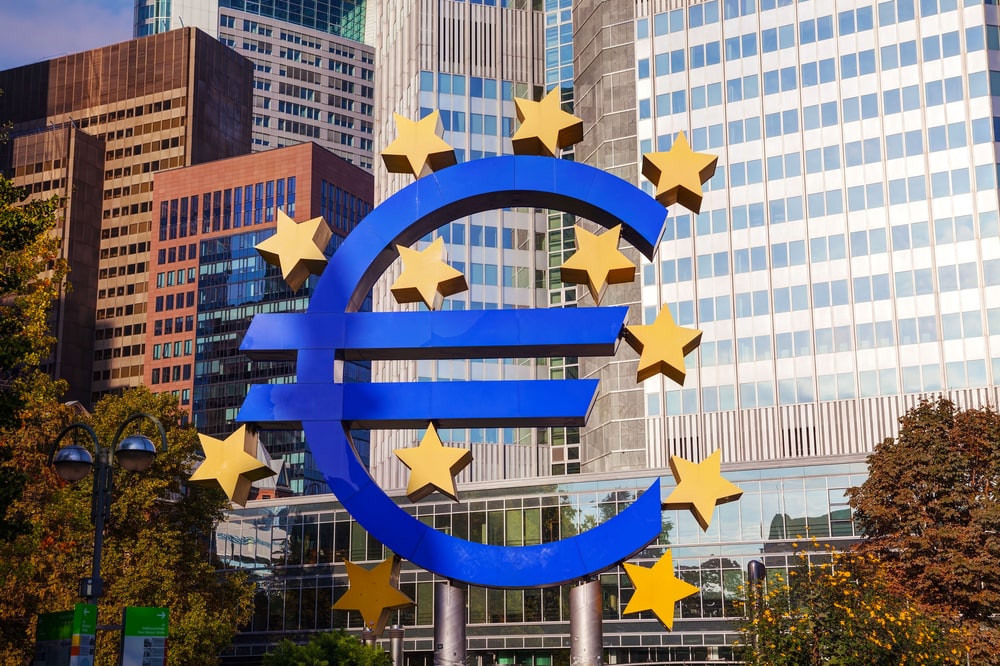
Monetary Policy & Inflation | Rates | UK

Monetary Policy & Inflation | Rates | UK
This article is only available to Macro Hive subscribers. Sign-up to receive world-class macro analysis with a daily curated newsletter, podcast, original content from award-winning researchers, cross market strategy, equity insights, trade ideas, crypto flow frameworks, academic paper summaries, explanation and analysis of market-moving events, community investor chat room, and more.
As expected, the ECB hiked 25bp, with the focus remaining on the three points:
A slight surprise came from the cut to the remuneration on required reserves to 0% (from the deposit rate, previously). That will mean lost EZ bank income of around €6.1bn per annum (3.75% x €164bn excess reserves) versus if they had not cut the rate. It is a negative to banks, but not a significant one, undertaken as an efficiency measure, not a monetary policy stance.
Otherwise, the statement proved mundane. The ECB slightly changed wording around its interest rates, with a shift from ‘…key ECB interest rates will be brought to levels sufficiently restrictive…’ to ‘key ECB interest rates will be set at sufficiently restrictive…’ (emphasis our own). This was done to stress the data dependence of future decisions.
The press conference marked a return to the ‘old’ Lagarde – muddled and confused, with a lot of waffle. We are ignoring the noise and concentrating on the fact that the ECB is data-dependent in September (which we knew going into the meeting). Nevertheless, the market has (probably erroneously) latched onto some remarks, so it makes sense to give an overview:
On Monetary policy:
On Data:
On Policy transmission:
As stated above, the conclusion is the ECB is data dependent. There is not much more that can reasonably be taken from the comments.
This is in line with our latest ECB monitor, and we will continue to focus on the data ahead. For now, our conclusion is that the ECB should hike at least once more, and not cut in 2024 (hence our bias towards short-end EUR payers). To understand this, let’s boil down to the three elements the ECB is focused on:
Core and services inflation surprised to the upside of ECB forecasts in June and July. The trajectory for headline is downwards in the YoY, but it is more informative to look at MoM (Chart 1). Much of the recent YoY upside in core was down to base-effects from last June (which will fade from September), but the MoM deviation remains strongly positive (Chart 2).
The story for services is hard to parse from the headline alone (YoY rise continues, but MoM has been more varied). Instead, we assess momentum across the index’s individual contributors by taking a three-month sum of the deviation vs a typical month (Chart 3).
This underlying story is hawkish. We do not have the detailed picture for July yet, but we can see that the disinflation out to June was driven by declines in MoM package holiday, communications and non-energy utilities. The contribution of wage-intensive services is meanwhile growing, driven by hospitality (Chart 3) This should be a concern to the ECB.
July CPI suggests this momentum is unlikely to fade by September. Further out, continued strength in wage growth will concern the ECB. As we have yet to see the growth there peak, it is unlikely that their impact on inflation has fully fed through either (Chart 4). Any offset from falling corporate profit margins that the ECB may be hoping for also looks unlikely (Chart 5).
It is easy to find evidence that will justify EZ economic weakness. Data surprises are at extreme lows, consistent with the GFC (Chart 6). Meanwhile, PMIs have crashed to similar historical extremes: with the manufacturing reading at just 42.7.
Previously, we have covered how the PMIs have become less useful in the post-COVID period. However, other surveys show similar negativity (particularly in manufacturing). On this front, it is worth stressing two things:
Through Q1, the manufacturing industry provided around 20% of the Eurozone economy, and around 14% of EZ employment. Using the European Commission’s surveys and weighting by GDP contribution, the overall score (retail, manufacturing, services and construction) dropped negative in the July reading but remains far from the lows seen in ’09, ’12 or ’20.
Meanwhile, the future employment component remains decently positive (Chart 7). Together, this suggests a slowdown rather than a crash, with continued support for the labour market.
At the June ECB meeting, core inflation was strongly revised up, driven by higher unit labour costs (ULC, a result of higher wage growth and slower productivity, Chart 8). The reason it wasn’t even higher was the expectation that profit margins will come down, absorbing some of the wage growth.
If anything, the slowing economic growth story, alongside the strong labour market, should support slower productivity growth than baked into ECB forecasts.
For the September ECB forecasts to be less hawkish, we would need some combination of:
At this stage, the data does not support any of the above. Meanwhile, although the 2023 growth outlook has deteriorated (as reflected by analysts’ expectations), the outlooks for 2024 and 2025 have been stable for some time (Chart 9). ECB forecasts for 2024 overshoot analyst consensus, but this is not a new thing.
We covered this in our recent ECB Monitor, but we dive deeper in the near-future. At this stage, the evidence is somewhat weak to suggest that enough has been done. As such, we anticipate that the market will gradually price increased risk of tightening beyond 4%, and price out the risks of 2024 cuts.
Spring sale - Prime Membership only £3 for 3 months! Get trade ideas and macro insights now
Your subscription has been successfully canceled.
Discount Applied - Your subscription has now updated with Coupon and from next payment Discount will be applied.